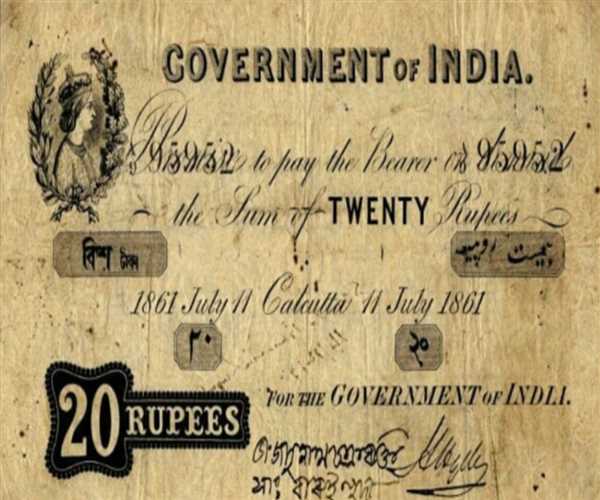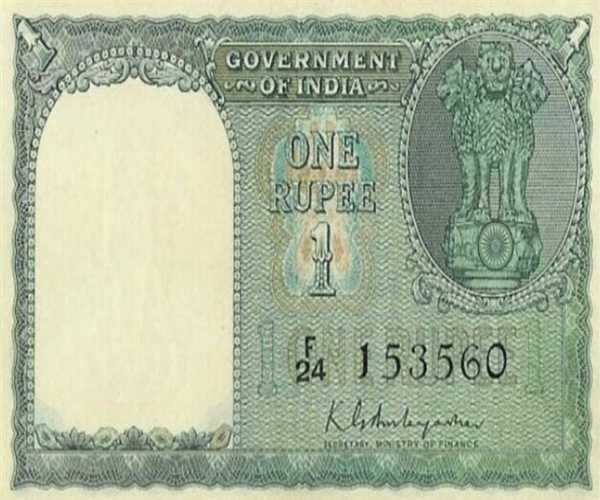Paper currency, also known as banknotes, has played a significant role in the world's financial system for centuries. The concept of paper currency has been used for thousands of years, with the first recorded use of paper money dating back to the Tang dynasty in China around the 7th century. In this article, we will discuss the history of paper currency in India, starting with its introduction and evolution.

The Introduction of Paper Currency in India
Paper currency was first introduced in India in the late 18th century when the
British East India Company began issuing paper notes. In
1861, India issued its first paper currency, and the development was extremely fantastic! The East India Company was granted the right to issue currency by the British government and began printing notes to facilitate trade and commerce in India.
It began when the Bank of England printed the notes. With currency specifications in two languages and a portrait of the queen, denominations such as rupees
10, 20, 50, 100, and 1,000 were made possible by the paper currency act of 1861.
Interestingly, the "roupie" notes, which the French bank Banque de l'Indochine issued in the 1890s, were in use on the Indian market until 1954.
The Portuguese government began issuing "rupia" notes in
1863, which were legal tender in Indian colonies until 1961. These notes were initially called "promissory notes" and were backed by the company's gold and silver reserves.
The Evolution of Paper Currency in India
Over the next several decades, the use of paper currency in India grew, and several other banks, including the Bank of Hindostan and the General Bank of Bengal and Bihar, began issuing their own paper notes. However, it wasn't until the establishment of the Reserve Bank of India (RBI) in 1935 that paper currency in India became regulated and standardized.
The RBI took over the responsibility of printing and issuing currency in India and established a currency control system to ensure the monetary system's stability. The RBI also introduced several security features to prevent counterfeiting, including watermarks, security threads, and special inks.

Conclusion
In conclusion, paper currency was first introduced in India in the late 18th century by the British East India Company. Over the next several decades, the use of paper currency grew, and its regulation and standardization were established with the establishment of the Reserve Bank of India in 1935. Today, paper currency remains an essential part of India's financial system and is widely used for large and small transactions.